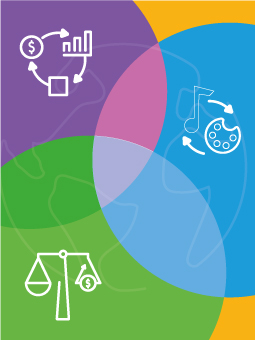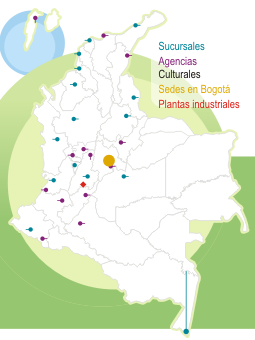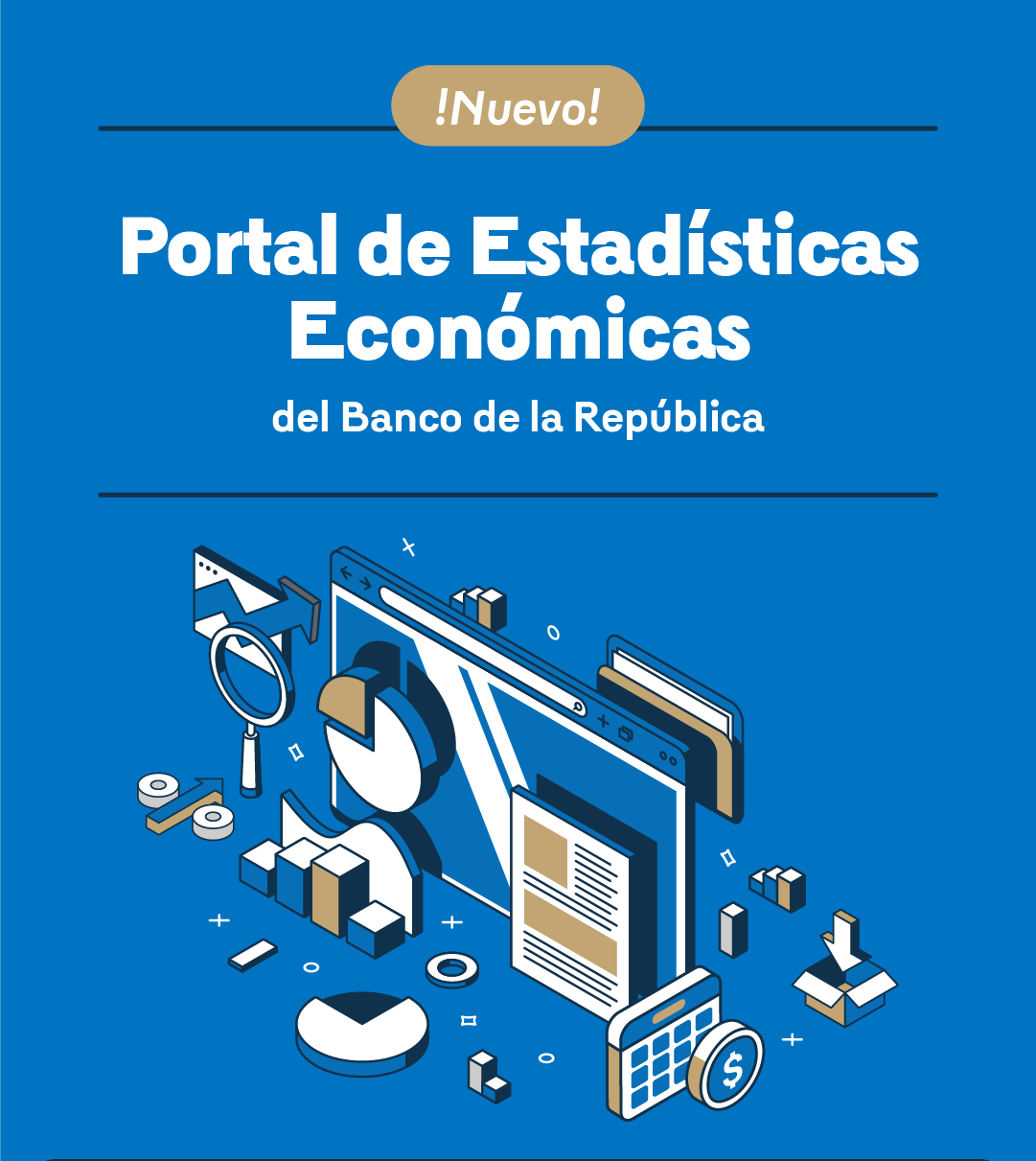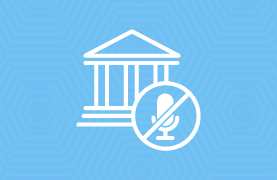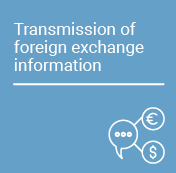Servicios
|
Scale-free (inhomogeneous) connective structures with modular (highly clustered) hierarchies are ubiquitous in real–world networks. Evidence from the main Colombian payment and settlement systems verifies that local financial networks have self-organized into a modular scale-free architecture that…
|
|
|
|
|
|
Monetary neutrality in the colombian Monetary neutrality in the Colombian real exchange rate
|
|
This work analyzes the relationship between real interest rates and commodity prices. According to Frankels hypothesis (1986-2006): low real interest rates lead to high real commodity prices. However, some empirical evidence suggests that commodity prices can predict monetary policy. In this way…
|
|
Presented during the Panel: Macroeconomic View on Colombia in London of the 6th version of Colombia InsideOut.
Hosts : Bolsa de Valores de Colombia (BVC) and Depósito Centralizado de Valores (Deceval)
|
|
Followers of monetary policy and inflation are familiar with the decisions made by the Board of Directors of Banco de la República regarding the monetary policy interest rate (MPR), which experiences periods of increase and decrease, always aiming to keep inflation around its 3.0% target. This rate…
|
|
Abstract
Portfolio flows are an important source of funding for both private and public agents in emerging market economies. In this paper, we study the influence of changes in domestic and US monetary policy rates on portfolio inflows in an emerging market economy and discriminate among fixed…
|
|
The role of the exchange rate and the exchange rate regime in the monetary policy decision-making process in Colombia is described. The rationale for the intervention of the Central Bank in the FX market is explained and the experience in this regard is reviewed. Special attention is given to the…
|
|
Notas de la Presentación Reuniones Anuales del Banco Interamericano de Desarrollo (BID) Medellín, marzo 29 de 2009
|
|
Presented at FLAR-CAF XIII Annual Conference
|
|
Presented during “The Shadow of Neo-Protectionism and Coping with the Challenges of the Normalization Process” (Reinventing Bretton Woods Committee/Bank of Indonesia/UBS).
|
|
If theory-consistent models can ever hope to forecast well and to be useful for policy, they have to relate to data which though rich in information is uncertain, unbalanced and sometimes forecasts from external sources about the future path of other variables. One example from many is…
|
|
Presented at 9th High Level Conference on the International Monetary System.
|
Monetary policy implications for an oil-exporting economy of lower long-run international oil pricesThe sudden collapse of oil prices poses a challenge to inflation targeting central banks in oil exporting economies. This paper illustrates that challenge and conducts a quantitative assessment of the impact of permanent changes in oil prices in a small and open economy, in which oil represents an…
|
|
Monetary policy should continuously assess the state of the economy, as well as its future developments and prospects over the next four to eight quarterly terms. It is during this time span that changes in interest-rate intervention rates have their effect on other interest rates and have…
|
|
Working paper for a meeting with the Governor of Banco de la República, the Finance Minister of Colombia and members of the Trade Council.
|
|
Translation available since: 2015 | Periodicity: Quarterly
|
|
Inflation would peak in March and start to gradually decline as of the second quarter of 2023, bringing inflation back to the 3% target over the next two years.
|
|
As per its constitutional mandate, Banco de la República must ensure that the purchasing power of the currency is maintained in coordination with the general economic policy1.
|
|
Inflation continues to fall, but it is above the 3% target, and it is projected to continue falling until it reaches it in 2025. Economic growth is low, but it would recover, and by 2025, economic activity would reach a path that can be sustained over time without causing unwanted changes in…
|
|
While inflation fell significantly in 2024, it continues above the 3% target. However, monetary policy measures and corrections in particular factors that exert upward price pressures have helped direct inflation toward the objective. Economic activity continues to recover and is expected to…
|
|
During the second quarter, headline inflation remained stable, while core inflation (the measure of inflation that excludes temporary movements in the prices of food and regulated items) continued to decline. The aggregate effects of monetary policy, together with low exchange rate pressures, would…
|
|
Inflation continues to decline, although it is still above the 3% target. Monetary policy measures and correcting factors that pushed prices up are helping inflation to continue approaching the target. Economic activity is recovering to a sustainable level, unemployment has decreased, and the…
|






